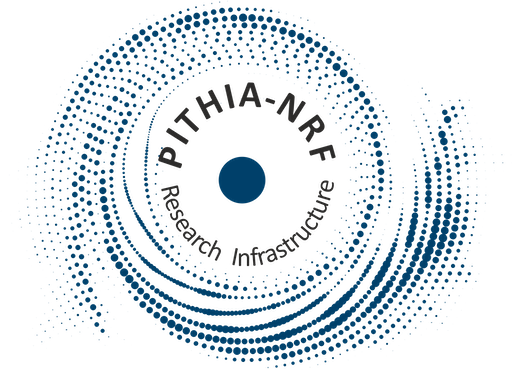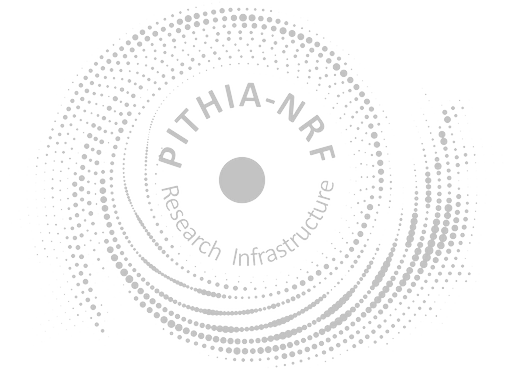EISCAT UHF Incoherent scatter radar
Last modified on Jan 16th, 2025
In This Page
Responsible Parties
Description
An incoherent scatter radar transmits a radiowave of high power and a tiny fraction of the power is scattered back. The spectrum of the scattered signal depends on plasma waves propagating in the ionosphere and from the shape of the spectrum the temperature of electrons and ions can be determined. The scattered power or electron plasma frequency shift can give the electron density and the Doppler shift gives the ion drift velocity. Being high power large aperture radars, the instruments are also useful for other purposes, including meteor research and space debris mapping. The mainland UHF radar in Tromsø started observing in 1981. It operates at 930 MHz and has a fully steerable 32m dish antenna.
Operational Modes
-
IncoherentScatter
isrThe main use of incoherent scatter radars is ionospheric research, where coded pulses are transmitted and received. Decoding gives autocorrelation function estimates at selectable time and range resolutions, and theoretical scatter spectra can be fitted to these using standard Fourier transform theory. The UHF radar operates at 930 MHz and is suitable for general ionospheric E-layer, F-layer and topside measurements.
Further Resources and Information
Resources
Go to Metadata FileMetadata Information
| Editor | EISCAT Scientific Association |
| Version | 2 |
| Created | Monday 3rd Oct. 2022, 10:49 |
| Last Modified | Thursday 16th Jan. 2025, 12:38 |

